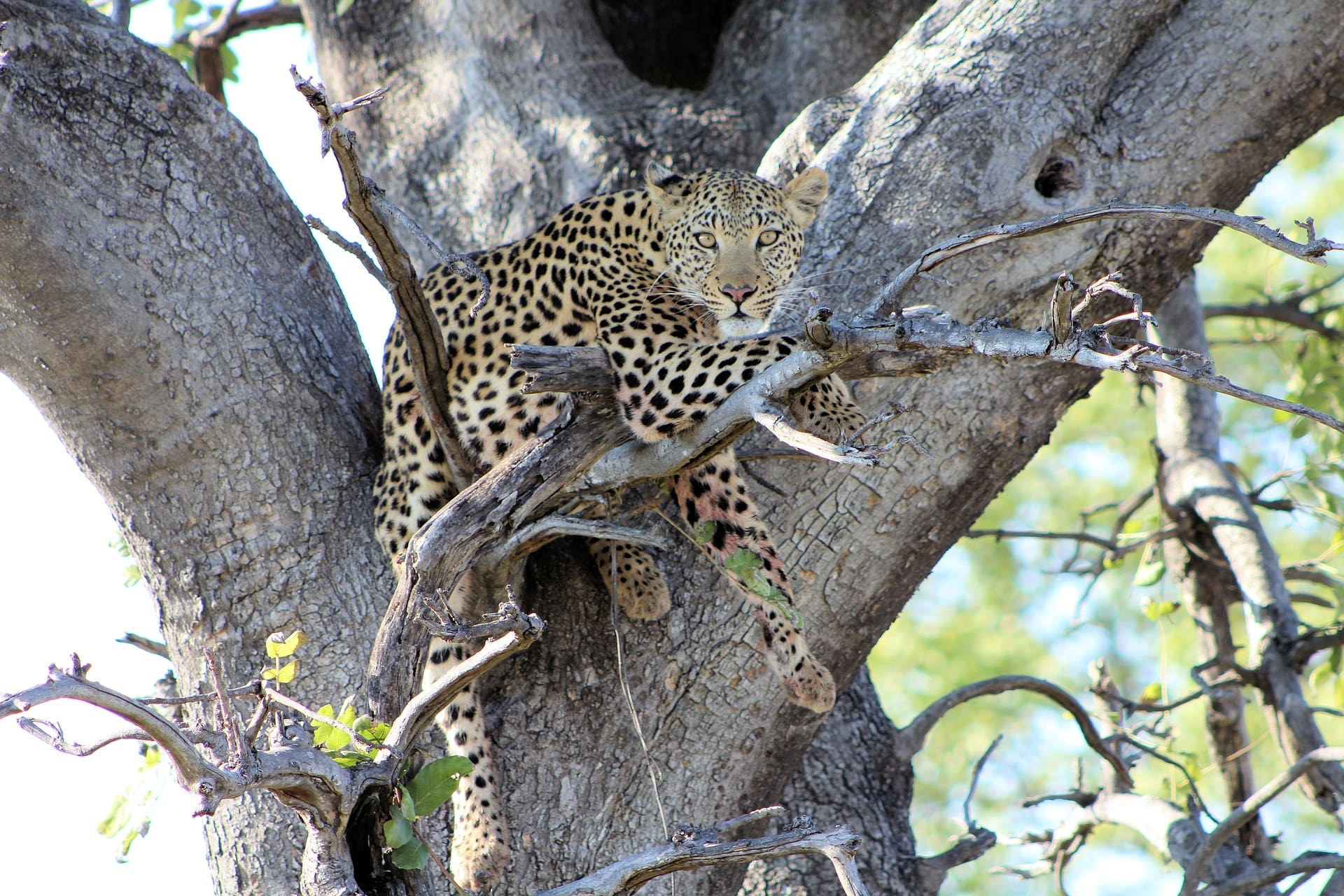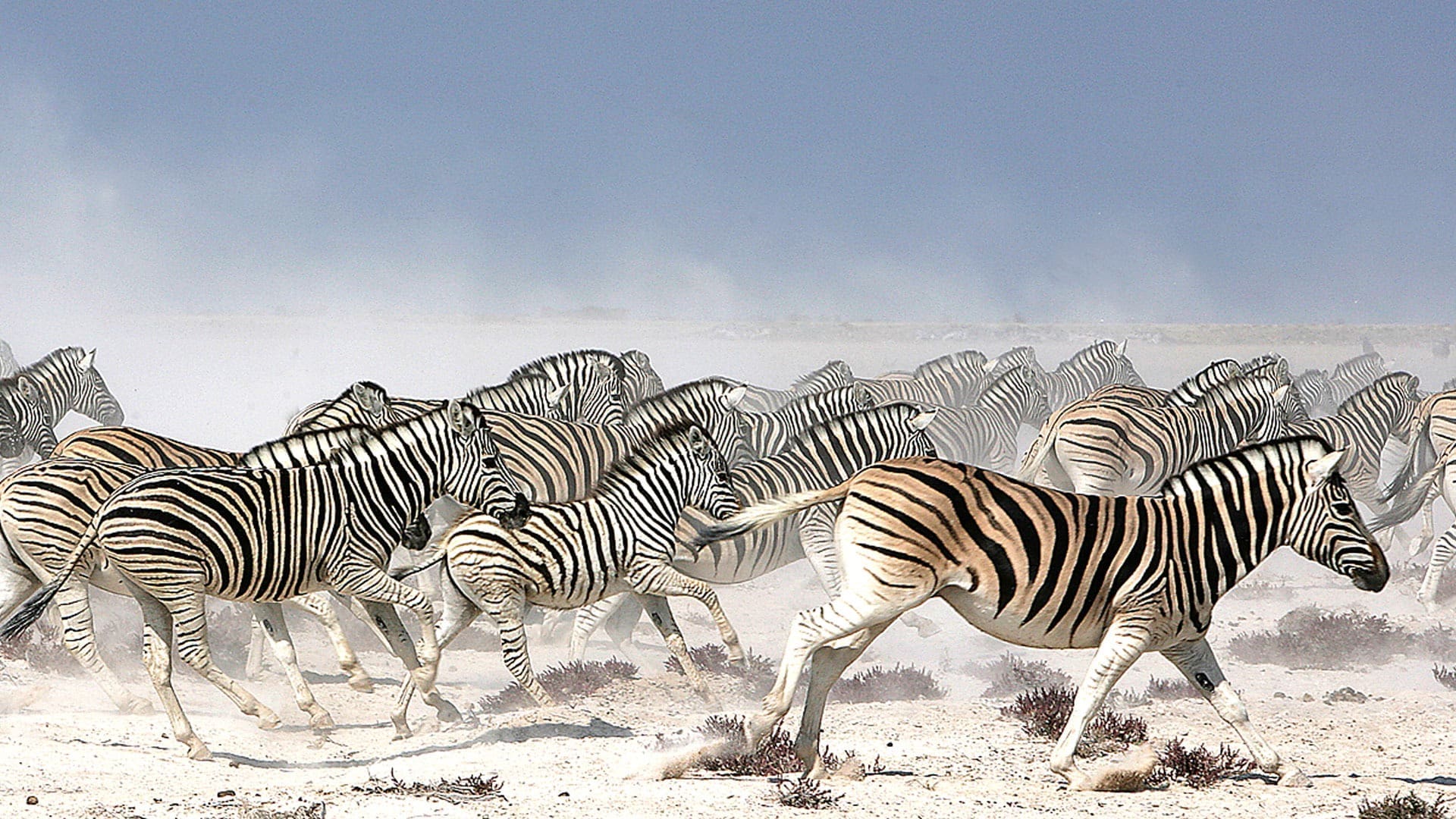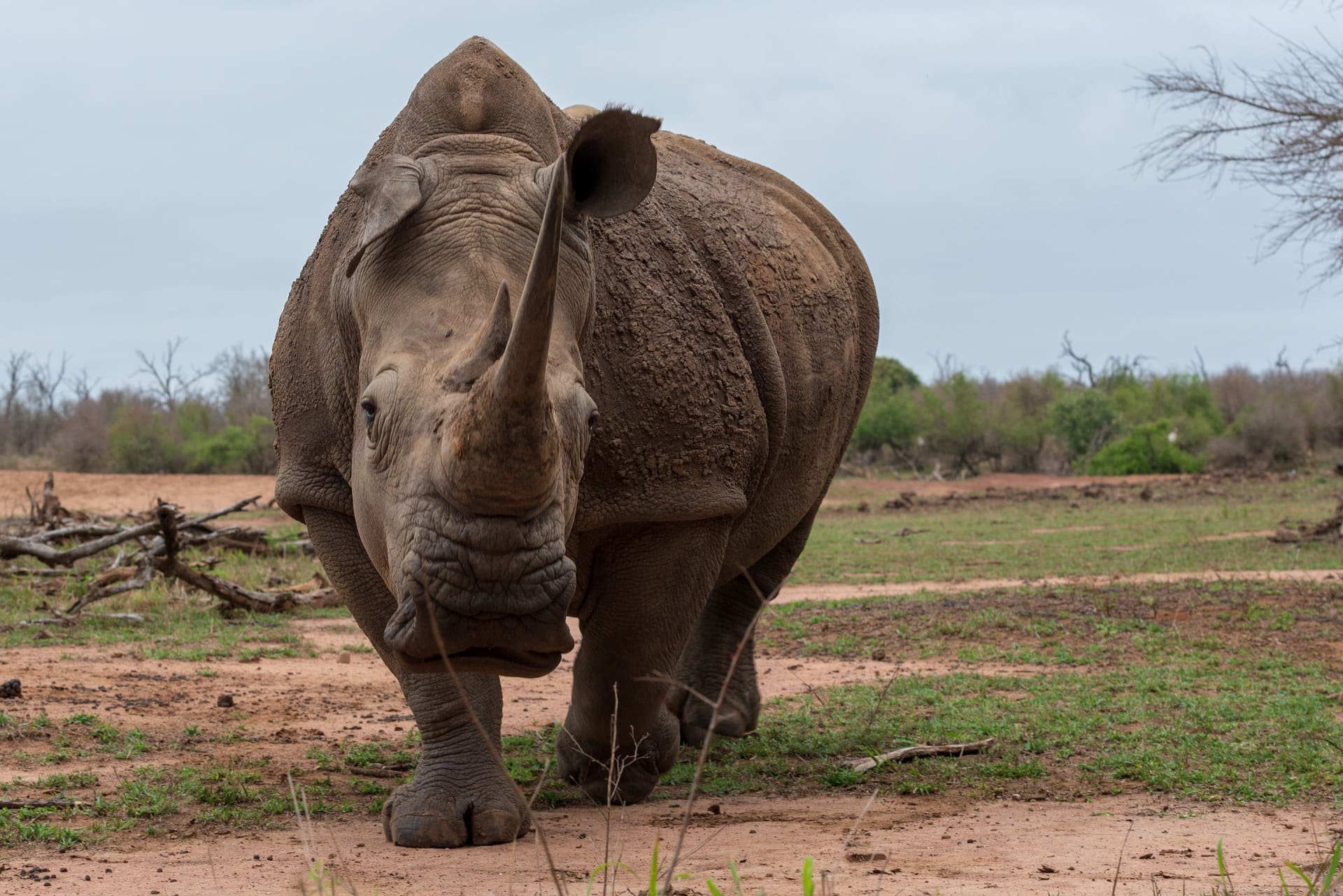[social_warfare]
One of the wildest and naturally beautiful destinations in Southern Africa, there is an abundance of incredible places to visit in Botswana, most of which are centred around wildlife.
One of the lesser-visited of Southern Africa’s safari destinations, Botswana offers some of the best wildlife viewing on the planet. With open savannahs, wetlands and a lush river delta teeming with large herds of mammals and the predators who follow them. From the lush Okavango Delta to the arid Kgalagadi Transfrontier Park, we’ve highlighted 10 must-see destinations in Botswana!
10 of the best places to visit in Botswana this year:
Okavango Delta
The Okavango Delta is a unique wildlife oasis in the centre of the harsh Kalahari Desert. The Okavango River flows through the heart of the Kalahari and gives life to a unique inland water system that attracts large numbers of birds and animals.

Visiting the Delta is a unique experience because much of its wildlife can be viewed from the water – usually on a traditional canoe called a mokoro. Every year the delta floods cover over 16,000 square kilometers, and created the marshland scenes that Botswana is famous for.
The best time to view wildlife is during peak flood season (which is ironically during the May-October dry season). During this time wildlife is more concentrated on the delta islands, and much easier to spot. There are numerous lodges and luxury safari camps, many of which offer walking safaris and/ or island camping trips.
Chobe National Park
Situated within the Okavango Delta, Chobe National Park covers four distinct eco-systems with the SavutiMarsh boasting some of the highest year-round concentrations of wildlife in Africa.

Chobe is home to approximately 120,000 elephants, best seen from the water on a mokoro safari or sundown river cruise. The dry season, between May and September, is the best time to visit the national park with large herds of buffalo, zebra, wildebeest, eland and giraffe congregating here at this time of year.
Chobe is accessible by car which makes it a little less expensive than some of Botswana’s other parks. There’s a wide variety of accommodation available to suit all budgets. You can even rent a houseboat.
Moremi Game Reserve
Moremi Game Reserve, situated in the eastern Okavango Delta on the border of Chobe National Park, is situated on a small piece of land with an extremely high density of wildlife – a great combination!
With over 500 recorded species, Moremi’s birdlife is unrivalled. African Wild Dogs are regularly seen on the reserve along with the Big Five, thanks to the reintroduction of both black and white rhino.

The July through October dry season is the best time to visit, and a combination of 4×4 safaris and water-based mokoro trips offer the best way to experience the abundant wildlife.
There are several lodges and camps within the park, some of which exclusive to fly-in safaris. The others are very popular among those on self-drive safaris. There are also a variety of lodges just outside the reserve, which offer game drives in the park.
Tuli Block
The Tuli Block is situated in eastern Botswana, on the borders of South Africa and Zimbabwe. The wildlife-rich area lies at the confluence of the Limpopo and Shashe Rivers.
Previously commissioned as private farmland, but transformed into a wildlife sanctuary for economic reasons, the land on which the Tuli Block lies boasts several rivers, riverine forests, savannah, and lots of massive baobab trees.

The Block encompasses several reserves, including Mashatu Game Reserve and Northern Tuli Game Reserve.
Wildlife sightings are guaranteed all-year-round, with large herds of elephant, plenty of lion, leopard and even cheetah being ever-present on the reserve. As the land is still privately owned, guided walking safaris and nighttime game-drives can be enjoyed. There are a variety of lodges and camps to stay at.
Nxai Pan National Park
The Nxai Pan National Park is a unique destination, with spectacular scenery being the main attraction.
Located in northeastern Botswana, the park features rolling sand dunes, towering baobab trees, and of course the salt pans after which the national park is named. When flooded, short grasses replace the salt pans and attracts large herds of grazers – including zebra and wildebeest.
The best time to visit is between December and April, and the park’s location makes it easy to combine your visit with a trip to Chobe and the Okavango Delta.
The only accommodation on offer in the pan comes in the form of mobile camps, however the nearby Makgadikgadi Pan camps are also an excellent option.
Kgalagadi Transfrontier Park
The Kgalagadi Transfrontier Park is a vast wilderness area, spanning over 38,000 square kilometres and lying in both Botswana and South Africa. The park encompasses two previously separate national parks; the Kalahari Gemsbok National Park in South Africa and Gemsbok National Park in Botswana.
With vast salt pans, Kalahari sand dunes and plenty of wildlife during the rainy season, the Kgalagadi is a spectacular place to visit – but its not easy to get to, especially from the Botswana side. You will need a 4WD vehicle and the ability to camp self-sufficiently.
You won’t see all of the Big Five here, but migrating herds of wildebeest and other antelope attract large numbers of predators, including the huge, black-maned lions that Kgalagadi is famous for. Bird of prey sightings are also exceptional in the park.
Accommodation is offered in camps on the South African side of the park.
Tsodilo Hills
Tsodilo Hills is a historic outdoor art gallery, that showcases more than 4,000 ancient San Bushmen rock paintings.
The UNESCO World Heritage Site is home to approximately 400 sites depicting hunting scenes, ritual dances and various animal species. It is estimated that some of the rock art dates back more than 20,000 years and archaeologists have ascertained that ancient civilisations lived in this area as far back as 100,000 years ago.
The San Bushmen believe this sacred area is the site of the creation of man and a resting place for spirits of the dead.
Visitors can expect to hike the three main hills, with the assistance of local guides. There is a basic campsite and a small but informative museum on site.
Mokolodi Game Reserve
A short drive from Botswana’s capital Gaborone, Mokolodi Game Reserve is the perfect destination for a single day safari trip.
Mokolodi is a privately owned reserve dedicated to conservation education, so don’t be surprised to see groups of excited school children out on a field trip. Game reserves are inaccessible to many local Africans due to the costs involved, so these trips go an extremely long way in educating the next generation about the importance of wildlife conservation.
Mokolodi is one of the few places in Botswana where you can see white rhinos in the wild, thanks to the reserve’s successful breeding program. Rhino tracking is a highlight offering of the reserve.
Guided walks, game drives, and night drives are all possible at Mokolodi, an basic accommodation in the form of chalets and camping facilities are available.
The No. 1 Ladies’ Detective Agency Tours
Alexander McCall-Smith’s popular detective series, The No. 1 Ladies’ Detective Agency, introduced Gaborone to the world, and today visitors can take a tour and see main character Precious Ramotswe’s hometown come to life.
Tours also include film locations from the popular HBO series based on the books. The tours are short, only a couple hours, and are based mostly in and around the town where you get to see Precious’ home on Zebra Drive and her office opposite Speedy Motors.
Khama Rhino Sanctuary
With the plight of rhinos being more critical now than ever before, the Khama Rhino Sanctuary was established almost 3 decades ago, with the aim of protecting Botswana’s endangered rhinos and reintroducing wildlife to the area so that the local community could benefit from tourism.
The rhino sanctuary hosts school groups from neighbouring communities and Botswana’s second-largest city Francistown, and educates them about the importance of wildlife conservation. The reserve is situated in the Kalahari Desert and is centered around the Serwe Pan – a large grass-covered depression with several natural water holes.
Basic accommodation is on offer at the sanctuary in campsites and chalets and popular activities include game drives and walks.






